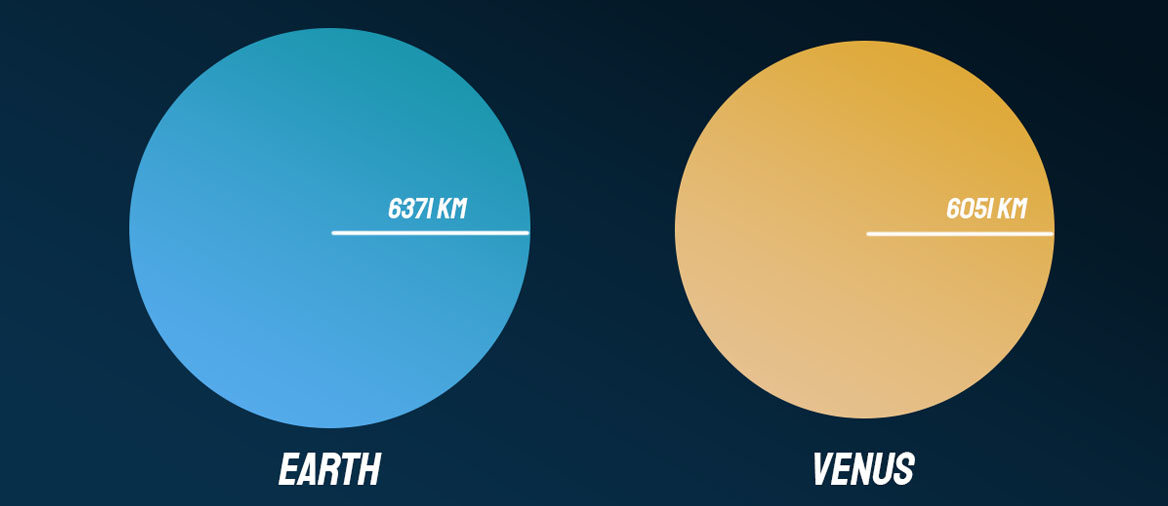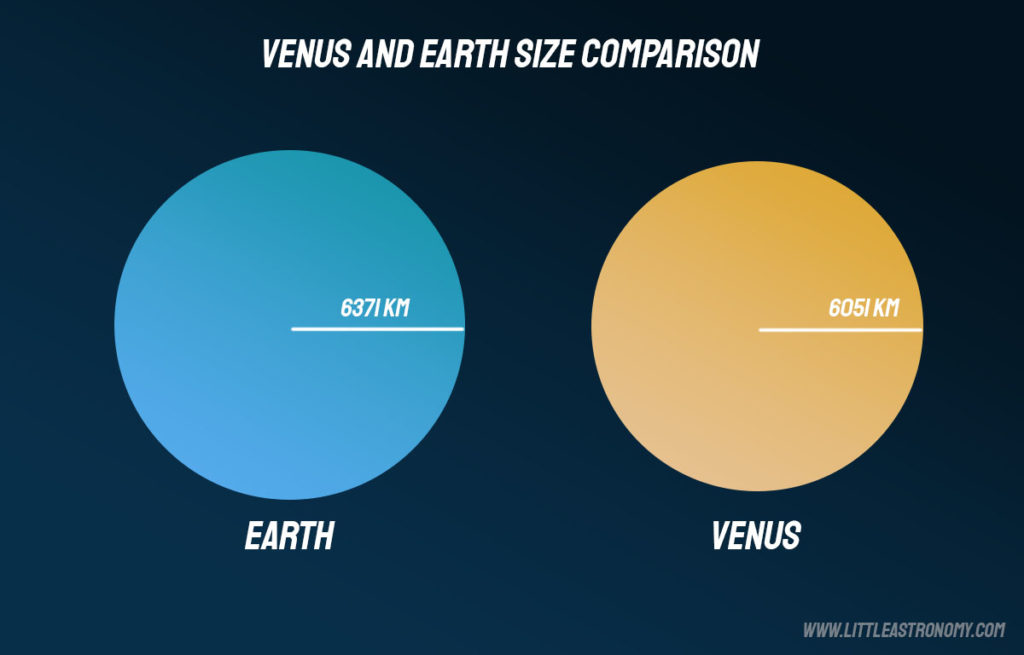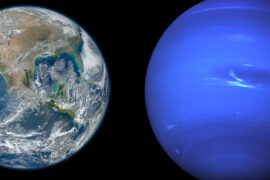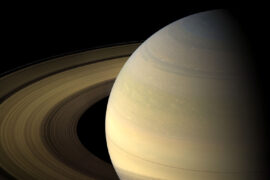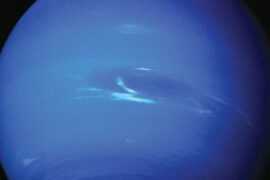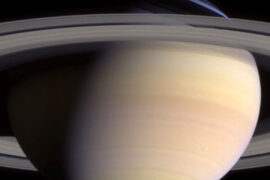Venus is the closest planet to Earth. Astronomers believe both planets share a similar origin, forming around the same time, with a rocky core, and made from the same spinning disc of gas and dust that was left around the Sun in the early days of the Solar system.
Thanks to this, Earth and Venus ended up having some similarities, but at the same time, they also have plenty of significant and notable differences. Think of Venus as a sibling of Earth. They grew up together but ended up going in different directions in life.
Let’s take at some quick facts about both planets in the following table.
Venus vs Earth comparison
| Earth | Venus | |
|---|---|---|
| Position in the Solar system | 3 | 2 |
| Distance from the Sun (avg) | 150 million km | 108 million km |
| Radius | 6371 km | 6,051 km |
| Mass | 5.97237×1024 kg | 4.8675×1024 kg |
| Rotation period (1 day) | 24 h (approx) | 243 days |
| Orbit period (1 year) | 365 days (approx) | 224.7 days |
| Orbital speed | 29.78 km/s | 35.02 km/s |
| Surface temperature (avg) | 14 °C | 464 °C |
| Surface pressure | 101.325 kPa | 9,300 kPa |
| Surface gravity | 9.8 m/s2 | 8.9 m/s2 |
| Density | 5.52 g/cm3 | 5.24 g/cm3 |
| Escape Velocity | 11.18 km/s | 10.36 km/s |
| Albedo | 0.367 | 0.689 |
| Satellites (Moons) | 1 | 0 |
| Core | rock | rock |
| Atmosphere | 78% N, 21% O | 96.5% CO2, 3.5% N |
Venus and Earth similarities
- Astronomers believe Venus and Earth formed around the same time.
- Both planets have a rocky core and silicate rock/metallic composition. This is why they are both called “terrestrial planets” along with Mercury and Mars.
- Earth and Venus have similar sizes. Venus is only about 5% smaller than Earth.
- They also have almost the same density. Again, with Venus being only 5% less dense than our planet.
- Both planets support an atmosphere.
- Both planets have magnetic fields.
- Venus and Earth travel around the Sun at similar speeds too, with Venus being slightly faster. It’s only because Venus’ orbit is closer to the Sun that its year is only around 225 Earth days.
- The atmospheres of Earth and Venus have almost the same exact quantity of Nitrogen. Venus’ atmosphere is only made of about 3% of Nitrogen, while Earth’s atmosphere is about 78% Nitrogen. However, because Venus’ atmosphere is 90 times denser, that means the atmospheres of both planets actually have almost the same quantity of Nitrogen.
- Both planets have similar quantities of CO2. In Venus, it can be found in the atmosphere while on Earth it is stored on calcite rocks.
- Just like Earth’s, Venus’ surface seems to have been partially shaped by volcanic activity. Scientists believe Venus is currently volcanically active.
Venus and Earth differences
- Venus’ cloudy atmosphere gives it a yellow/white color while Earth looks blue from afar.
- Venus rotates in the opposite direction as Earth. If you were to stand in Venus’ surface, you would see the Sun rise in the west, and set in the east.
- Venus also rotates veeery slowly. One single day in Venus is about 243 Earth days.
- Venus is extremely hot compared to Earth. It can reach 477 °C (750 K) on its surface. In fact, Venus is the hottest planet in the Solar System. This is because of the greenhouse effect all the CO2 in its atmosphere causes, trapping the heat on its surface unlike Earth, where the heat is radiated to outer space.
- Despite the fact Venus and Earth formed at the same time, the surface of Venus is a lot younger at “only” 400 million years old. Scientists are still trying to figure out why and how this happened.
- Earth has continents. Venus does not.
- Venus’ magnetic field doesn’t come from its core like Earth’s. This makes it weaker and doesn’t protect Venus against radiation.
- Venus is two times more reflective than Earth because of the composition of its atmosphere. This is why from Earth, Venus is sometimes confused with a star and receives the nickname of the “morning star”.
- Unlike Earth, Venus doesn’t have the necessary conditions to have liquid water. This also means it is unlikely Venus could support any form of life.
- Venus does not have a moon like Earth. This is probably because it is too close to the Sun, so any natural satellite that could have formed around it would most likely have been pulled by the Sun’s gravity.
- The clouds in Venus are made of sulfuric acid.
- Venus is outside the habitable zone, also known as the goldilocks zone of the Solar system. This means it is not in the area around the Sun where it could support liquid water, and therefore, it would not be habitable for humans.
Summary
- Venus and Earth are very similar in size, mass, density, and element composition.
- The atmospheres, temperature, and surface of the planets are significantly different, making Venus a toxic and inhabitable environment.
- Venus is sometimes referred to as Earth’s twin because of its similarities.

